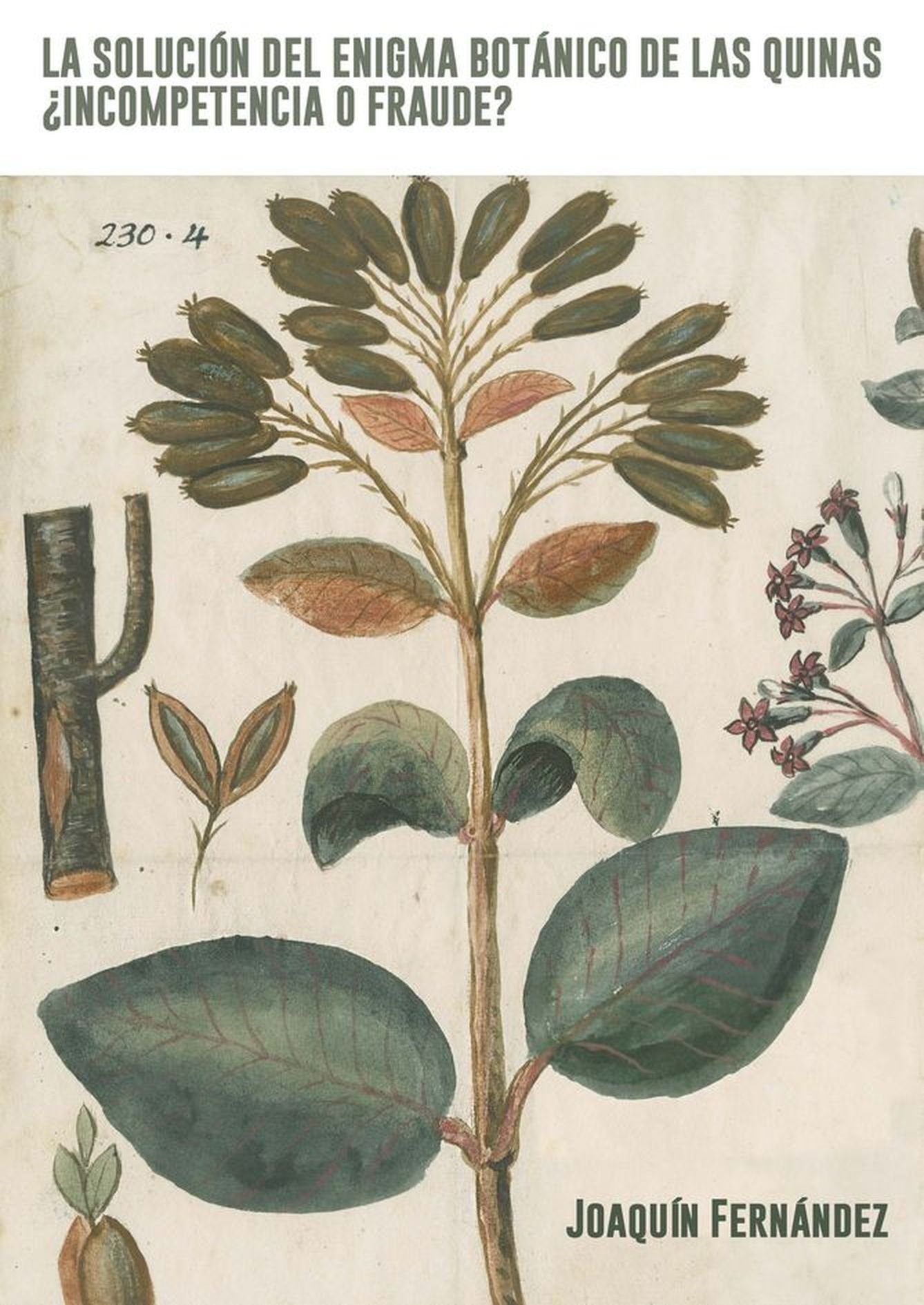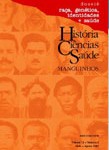May, 10th, 2021
Vivian Mannheimer | HCS-Manguinhos Blog

Advertisement for Sello Azúl (Blue Seal) milk. In AGUILAR-RODRIGUEZ, Sandra. Nutrition and modernity: milk consumption in 1940s and 1950s Mexico. Radical History Review, v.110, p.36-58, 2011.
The history of nutrition in Latin America, more specifically the shift from ‘traditional’ and local diets to one based more heavily on processed foods is the topic of the historiographical review published in the latest issue of HCS-Manguinhos (HCSM vol.28 no.1 Mar. 2021).
Framing the Latin American nutrition transition in a historical perspective, 1850 to the present, written by historian Jonathan Ablard, professor at Ithaca College, argues that many of the foundations that led to the rise in obesity and other diet-related health problems in Latin America began to develop in the late nineteenth century.
According to Ablard, the result has been a slow but steady dietary transformation in which undernourishment and underweight was supplanted by widespread over nourishment and overweight, though often accompanied by micronutrient deficiencies.
In an interview to the blog of HCS-Manguinhos, historian Jonathan Ablard talks about this nutrition transition and how historians can contribute to improving food policy making, among other issues.
How did you get interested in the topic of the nutrition transition? What was your process for writing the article?
In 2008, I was in Mexico City for a symposium on the history of psychiatry. During breakfast, I read a front page newspaper article reporting that Mexico had surpassed the United States in its rates of overweight and obesity. As a historian, I was curious to learn how this shift in Mexican foodways had occurred, how it compared to what had happened in the United States, and what these various weight categories meant.
Having never done research on food beyond reading cookbooks, I started with some of the more popular books about the nutrition transition and from there moved on to look at the social science research on the topic and then dove into the growing historiography on food and foodways. Along the way, I expanded my research to include all of Latin America and the Caribbean.
What is the Latin American nutrition transition and what do you argue in this article?

BARBOSA, Livia; WILKS, Richard. Beans and rice: a unique dish in a hundred places. New York: Bloomsbury, 2012
The Latin American nutrition transition has been a historical process that saw a shift in foodways from ‘traditional’ and local diets to one based more heavily on imported foods and processed foods. The result has been a slow but steady dietary transformation in which undernourishment and underweight was supplanted by widespread overnourishment and overweight, though often accompanied by micronutrient deficiencies.
While being overweight, with all the health woes that accompany it, was once the ailment of the well-off, the poor in Latin America now suffer from disturbingly high rates of heart disease, diabetes, and other diet and lifestyle related ailments. Underweight continues to also plague these same populations, though at diminished rates compared to previous periods. The economic and health impacts of COVID-19, however, are witnessing growing rates of straight malnutrition.
I argue that the nutrition transition has deep roots in Latin America and that many of the health effects of industrialized diets began to appear earlier than previously understood. Much of the nutrition literature on issues like obesity tends towards a presentist view and misses the longer term transformations. The early onset of these changes often took place in zones with high contact with U.S. capitalism, such as United Fruit Company plantations. I hypothesize that after the 1960s, Latin American researchers and public health officials may have missed the rising rates of obesity and attendant health problems because the primary focus remained on malnutrition and hunger.
How can historians contribute to improving food policy making?

BLANDING, Michael. The Coke machine: the dirty truth behind the world’s favorite soft drink. New York: Avery, 2010.
Around the world, many of the important social movements that focus on food autonomy and improved nutrition invoke the agricultural and culinary history of their ancestors. Historical studies of the nutrition transition that focus on specific national case studies can help activists and policy makers better understand how the problem developed. I believe it is important that we see its long range and deeply rooted causes
But as with tobacco, there are many economic interests with links to government decision makers that have fought quite hard and effectively to hamper nutrition-positive policies. This is not a surprise when we consider the important role that food processing plays in many modern economies. The story of US president George W. Bush’s effort to shut down WHO guidelines for better nutrition is a case study in the wider geopolitical context of food policy.
What are some promising future areas of research on the history of the nutrition transition?
I am very excited to see where scholars will go next in this field. A few nutrition experts began to detect that the impacts of industrialized and processed foods were wreaking havoc on the health of the populace as early as the 1960s. Dr. Adolfo Chavez’s publications are especially noteworthy and to my knowledge, little research has been conducted on his life, his research methods, or his motivation for conducting this research which involved surveys of populations in diverse regions of Mexico.

Jonathan Ablard, Professor of History at Ithaca College, NY, USA
I would like to see more research into the modern food industry in Latin America. Many governments saw this industry as a critical part of ISI and it began to form an important element of national economies. Finally there is much yet to be done on the cultural history of fatness, following the work of Peter Stearns and Sander Gilman who focus exclusively on North America and Western Europe. Ana María Shua’s El peso de la tentación, about an authoritarian weight loss clinic, piqued my curiosity about the changing cultural implications and expressions of weight and body types.
Finally, nutrition transitions throughout the world have been made possible through a host of neoliberal reforms in which governments relinquished authority to multinational corporations. We have few concrete studies of how fastfood chains like McDonalds penetrated national markets.
Finally, several scholars in Latin America have mentioned to me that points of trauma and disruption, like the civil wars and- later natural disasters in Central America (Hurricane Mitch, for example), were likely important inflection points that generated dietary changes.
How to cite this interview:
Ablard, Jonathan. History and nutrition in Latin America In: Revista História, Ciências, Saúde – Manguinhos (Blog). Published on May, 10th, 2021. Accessed in [date].
Articles about food and nutrition already published in HCS-Manguinhos:
Ablard, Jonathan D. Framing the Latin American nutrition transition in a historical perspective, 1850 to the present. Hist. cienc. saude-Manguinhos, Mar 2021, vol.28, no.1, p.233-253. ISSN 0104-5970
Investigar en tiempos de pandemia: archivos digitales para la historia de la agricultura y el medioambiente “En vez de ver la investigación digital como una alternativa inferior a la investigación histórica tradicional — algo para hacer ‘mientras tanto’— debemos verla como una oportunidad para explorar nuevos tipos de proyectos.” Stuart McCook, profesor de historia en la Universidad de Guelph, presenta algunas colecciones digitales sobre temas que van desde la historia del cultivo del cafe y de la cana de azúcar hasta la biodiversidad a nivel mundial.
Baniwa food myths and rituals For the Baniwa people, in the northwestern Amazon, there is a unity of spirit between humans and animals. This article analyzes their eating myths and rites. April 19, Indian Day in Brazil
Food regulation in Brazil, 1889-1930 This paper spans the First Brazilian Republic (1889-1930) and shows that since its proclamation the issue of regulating the food trade was part of health policies.








No comments
Trackbacks/Pingbacks